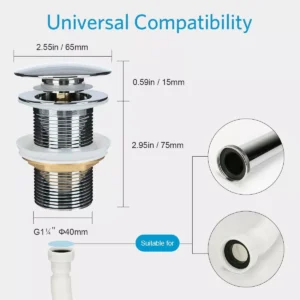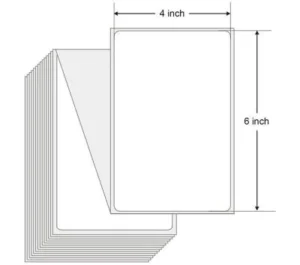Many households have spider issues. The Spider Catcher is a tool that wants to solve this problem safely and humanely. This article describes how these devices work, answers some important questions, and even has a do-it-yourself guide for anyone interested in making one.
Do spider catchers work?
Yes, they do work. Most models use this gentle grabbing mechanism. The new design adds convenience for the spider and ensures a firm grasp. Plus, the extra range helps maintain a safe distance from users. This design is effective but also a humane solution.
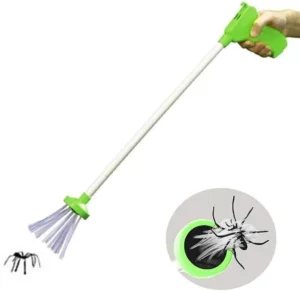
A transparent container is also typically included with these devices. The transparent container ensures the tracking of all captured spiders and prevents their escape during transit. In conclusion, the Spider Catcher works very well if correctly used.
How Do Spider Catchers Work?
The design of these spider catchers specifically aims to capture the spider without causing harm to the creature. They usually have a long-reach mechanism that allows you to reach out and grab spiders without getting too close. It minimizes the chance of biting and releases the spider outdoors.
What’s the Best Way to Repel Spiders?
Insects and insects in food and clutter attract spiders. Preventing and deterring them from coming around is the best way to keep them away.
What is the best way to keep spiders from coming?
Several strategies can help:
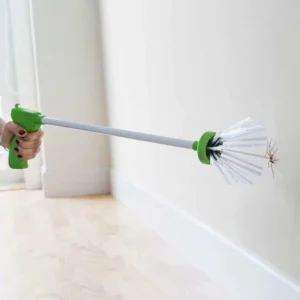
- Hygiene: Frequent cleaning cuts down on the insects that attract spiders.
- Sealing Cracks: Spiders can slip through small holes in walls and doors.
- Natural Repellents: Peppermint oil is an effective essential oil. On top of that, vinegar solutions can also repel spiders.
Combining these methods works best. Use these to make your home less hospitable to spiders, in addition to a spider catcher for those times when the spiders are already there.
Comparing Spider Traps: Which Is the Best?
Different types of spider traps are available. Comparing their features could be helpful. The following table compares the three most common types of spider traps.
| Type of Trap | Functionality | Advantages | Disadvantages |
|---|---|---|---|
| Spider Catcher | Long-reach grabber with container | Humane, safe, effective, easy to monitor | Requires manual operation |
| Sticky Traps | An adhesive surface to capture spiders | Simple design, inexpensive | Can harm spiders; needs frequent replacement |
| Electronic Traps | Uses electric shock to neutralize pests | Quick action, automated | May harm non-target insects; higher cost |
How to Make a Homemade Spider Catcher Long Handle?
If you prefer the DIY approach, it is possible to create your own spider catcher using just a few household items. Follow these steps:
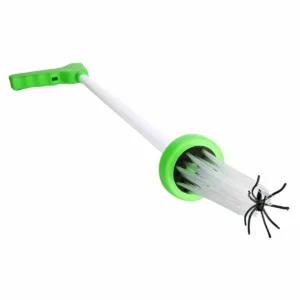
- Gather Materials:
- Some tool with a long handle (like a stick or a lightweight rod)
- A small container with a lid
- A highly flexible yet durable material for the gripping mechanism (soft wire or cloth strips)
- Tape and scissors
- Assemble the Handle:
Firmly attach the container to one end of the handle. Make sure to position the container securely on it. It allows you to capture the spider without hurting it.
- Develop the Grip System:
Seal the limber material to the edge of the vessel. The material should be able to bend and close as the container tilts. The movement should resemble a grabbing motion.
- Test the Mechanism:
Make sure to test the mechanism on small objects before applying it to a live spider. Change the grasping substance if required.
Using the DIY Spider Catcher:
- If you spot a spider, approach the creature slowly and cover it with the container. Gently tilt the handle so the gripping mechanism can close. Next, carry the container outdoors.
- The DIY process is easy and environmentally friendly. It also allows you to experience how the Spider Catcher long-handle mechanism works.
Advantages and Disadvantages of Spider Catchers
Using a spider catcher has several pros and cons. The table below outlines these points for clarity.
| Advantages | Disadvantages |
|---|---|
| Humane and safe for spiders | Manual operation may require patience |
| Extended reach keeps users safe | May need regular cleaning |
| Easy to monitor captured spiders | Some models may be costlier than traps |
| Encourages non-lethal pest control | Requires careful handling to avoid escapes |
Conclusion
Overall, the Spider Catcher is a multi-use pest control item and does well in various settings. It addresses many questions you have about spider management while providing a humane way to trap and release them. An integrated approach that combines cleanliness and sealing possible entryways, as well as the use of natural repellents, works best. Compared to other traps, the Spider Catcher shines in terms of its humane and effective design.
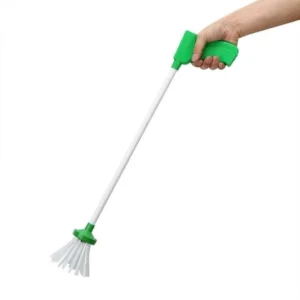
Make-your-own spider catchers are also useful to do-it-yourselfers. Even those of you without much experience can put together a basic but fully working device with the step-by-step guide. There are pros and cons to every approach, but the Spider Catcher provides a nice middle ground. It minimizes risk, minimizes stress on the spider, and keeps users safe,” he said.
By gaining a basic understanding of their operation and comparing various trap types, you can make a well-informed decision about the most effective method to deal with intruders. This union of best practices and new ideas continues to develop. They also rediscover the balance of nature by dealing with a pest problem in a familiar way. It is especially relevant for households that want safe and green solutions.
Information here enables you to take action. It also gives a beneficial sense of how spider catchers work and why they could be the best option in the field. This guide will arm you with the information you need to address spider issues in your home.
